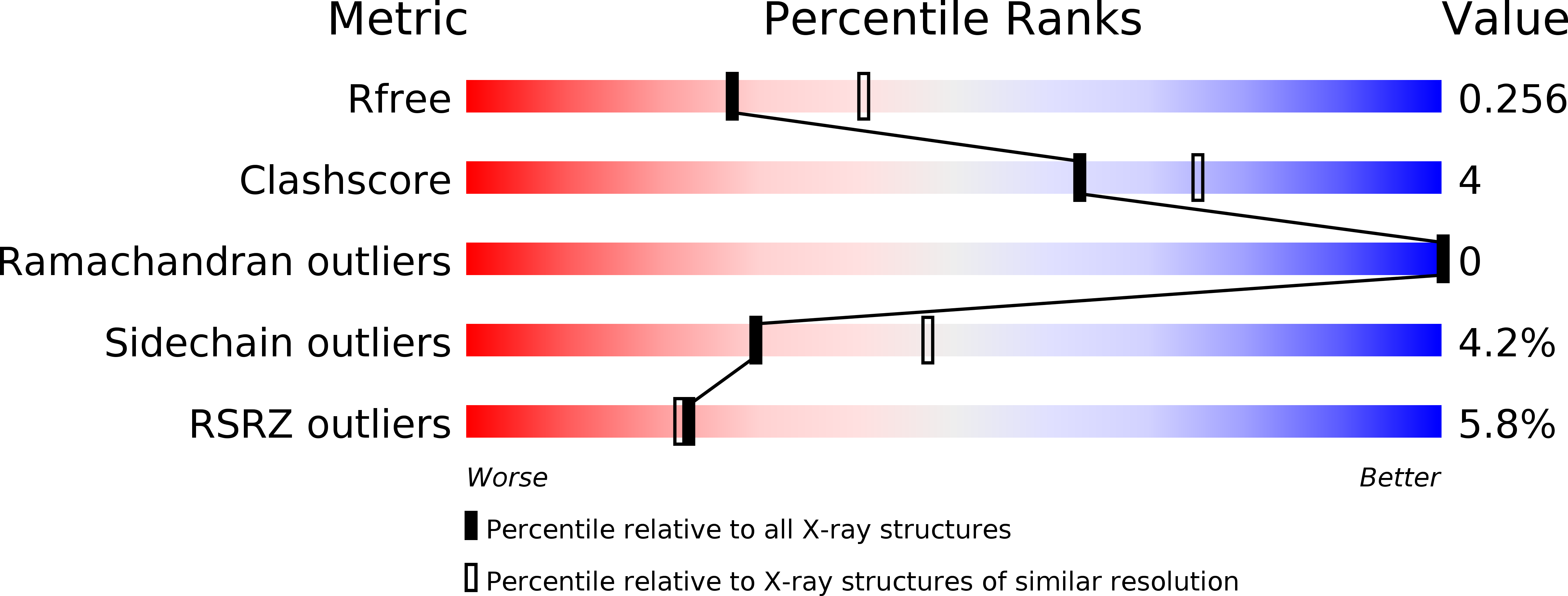
Deposition Date
2012-12-11
Release Date
2013-06-12
Last Version Date
2024-04-03
Entry Detail
PDB ID:
4ICY
Keywords:
Title:
Tracing the Evolution of Angucyclinone Monooxygenases: Structural Determinants for C-12b Hydroxylation and Substrate Inhibition in PgaE
Biological Source:
Source Organism:
Streptomyces sp. PGA64 (Taxon ID: 161235)
Host Organism:
Method Details:
Experimental Method:
Resolution:
2.40 Å
R-Value Free:
0.25
R-Value Work:
0.19
R-Value Observed:
0.20
Space Group:
F 2 2 2


